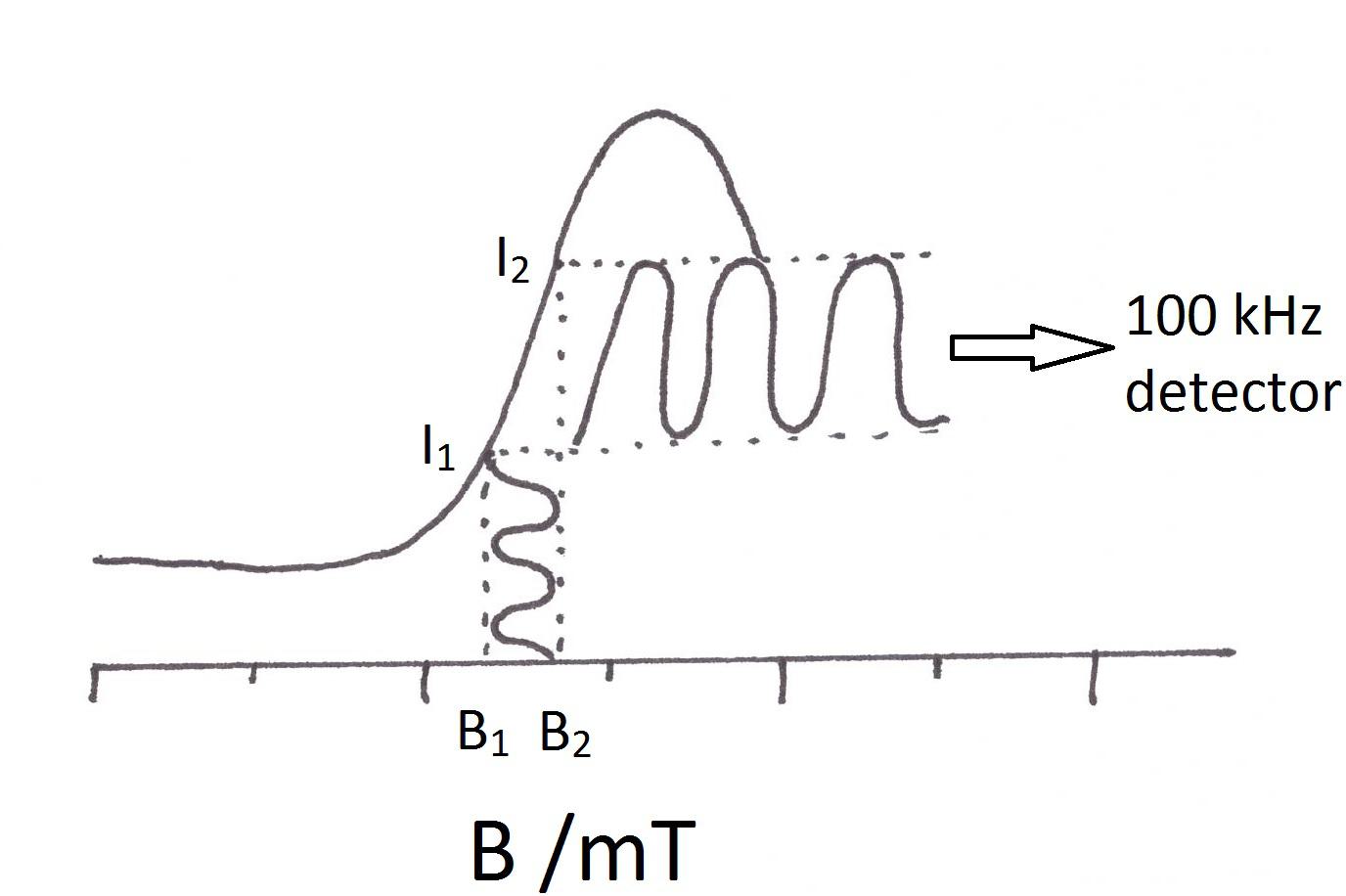As musicians, we can push the boundaries of sound by incorporating effects such as tremolo and vibrato. Using these effects creatively can open up a new world of sonic possibilities. This article will discuss how to use modulation effects like tremolo and vibrato creatively to create unique and interesting sounds. From novice to expert, we will explore the different methods and techniques to give your music texture and depth. So grab your instrument, plug in your pedals and let’s get creative with modulation effects!
1. Understanding Modulation Effects
Modulation effects are devices or techniques that add movement or variation to an audio signal. is an important part of a music producer’s toolbox. It can be used to create everything from subtle stereo widening to complex swirling effects.
The four main modulation effect types are:
- Chorus
- Phaser
- Flanger
- Tremolo
Chorus effects add depth and presence to an audio signal by duplicating the original signal and introducing small amount of delay and pitch modulation. It thickens a sound and creates a richer texture.
Phaser effects simulate the sound of a rotating speaker. In a phaser effect, a signal is split into two paths that are altered by a series of all-pass filters. The resulting sound is a sweeping, swooshing effect.
Flange effects add movement to an audio signal, sweeping up and down in frequency. They often have more dramatic effects than chorus or phaser and modify the harmonics of an audio signal in a unique way.
Finally, Tremolo is an amplitude modulation effect that pulses an audio signal on and off in a regular pattern. It can be used to create anything from pulsing rhythm to organic sounding textures.

2. Exploring Tremolo and Vibrato
Tremolo and vibrato are two integral techniques used by instrumentalists and vocalists to add depth and texture to their music. Tremolo involves rapidly playing a single note repeatedly, resulting in a shrill, rippling sound. On the other hand, vibrato involves repetitively bending a note much like how a pitch can be bent on a guitar. While these two techniques may be similar to one another, they possess many distinct qualities:
- Tremolo is characterized by quick, even tremors of sound, while vibrato is characterized by quicker and broader modulations.
- Tremolo is usually achieved by using a tremolo arm, while vibrato can be achieved by manipulating the finger positioning on the strings.
- Tremolo tends to be more aggressive and treble-orientated, while vibrato is usually a more subtle effect.
- Tremolo tends to be used to add short-term emphasis to a passage, while vibrato is better suited for longer phrase emphasis.
Achieving the perfect balance between these two effects is essential for any musician to create the desired atmosphere and emotion in their music. With practice and experimentation, a musician can find the right combination of tremolo and vibrato to make his or her music truly shine.
3. Creative Uses of Modulation Effects
Modulation effects are one of the most creative tools available to producers, enabling the creation of unique and expressive sounds. Here are three creative ways you can use modulation effects in your production.
- Get creative with automation. Using automation to modulate effects parameters is a great way to create interesting transitions to your track, especially if you can find a way to link the automation to the music.
- Experiment with distortion. Utilizing distortion in modulation choices can add depth to your sounds, as well as providing spectacular ‚ear candy‘ effects.
- Use a delay to create a unique atmosphere. Combining a delay plugin with modulation creates an environment for your instruments to inhabit, as well as creating a unique rhythmic layer to your sound.
Try out unique techniques and create something totally original. Instead of simply using gain and panning, unleash the power of modulation effects to create something truly special. With a bit of experimentation, you’ll be able to create incredible, unique sounds that will take your production to the next level.

4. Final Thoughts on Creative Modulation Effects
Creative modulation effects when used strategically can add a unique character to your recordings. From vibrato and chorusing to flangers and tremolos, each of their subtle and powerful characteristics can vastly improve your mix’s texture and energy. Even though these types of effects might be relatively simple to understand, experimenting with them to find the best sound can be difficult and time consuming.
Generally, modulation effects are best used as a finishing touch to create a unique sonic landscape for your track. While it’s important to understand the basics when working with them, don’t be afraid to be creative and have fun. If you’re trying to add something unique to your track, modulations can often provide the ‘icing on top’, so use them liberally and experiment.
- Vibrato is a type of modulation effect that adds vibrating movements to a sound over time
- Chorusing is a type of modulation effect that creates the illusion of multiple voices in a single track
- Flangers is a type of modulation effect that produces swells and whooshes when the output is swept from left to right
- Tremolos is a type of modulation effect that adds fluctuating changes in volume to a sound
Final Thoughts
Modulation effects like tremolo and vibrato are powerful tools for adding unique dynamics and textures to your music. Get creative and start making the most out of such colourful effects! Draw on a deep and diverse range of sounds and rhythms and you will soon be creating truly impressive music.

